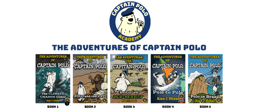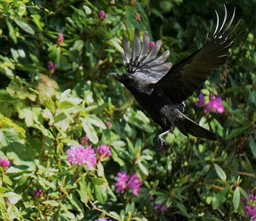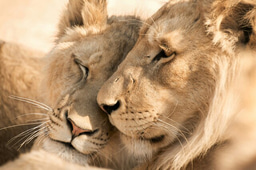Key Lessons Learned:
- Community Engagement is Vital – Effective conservation requires local participation. When communities see tangible benefits, such as tourism revenue or job creation, they become active stewards of wildlife.
- Human-Wildlife Conflict Management is Crucial – Balancing conservation with human needs is challenging. Strategies like compensation schemes and better livestock protection help mitigate conflicts.
- Capacity Building Strengthens Conservation Efforts – Training and empowering local communities in conservation practices, eco-tourism, and sustainable resource management lead to long-term success.
Challenges and Future Considerations:
Despite successes, challenges remain, including funding limitations, climate change, and poaching threats. Strengthening collaboration between conservation organizations, government agencies, and local communities is essential to sustaining these efforts.
This article aims to inspire further discussion on improving community-led conservation approaches globally. What are your experiences or thoughts on community-driven wildlife conservation? Let’s exchange ideas in the comments!






Please sign in or register for FREE
If you are a registered user on WildHub, please sign in
Thank you Daniel for sharing your thoughts with the community. I would like to follow up with the following 2 questions to better learn from your experiences:
1) What did you wish you would have known before you started working on community based conservation?
2) Which piece of information on this topic do you feel is currently missing in the conservation sector?
Also tagging in our Conservation Education Room Chair @Vimbainashe Eunick so she can share her insights on this topic.